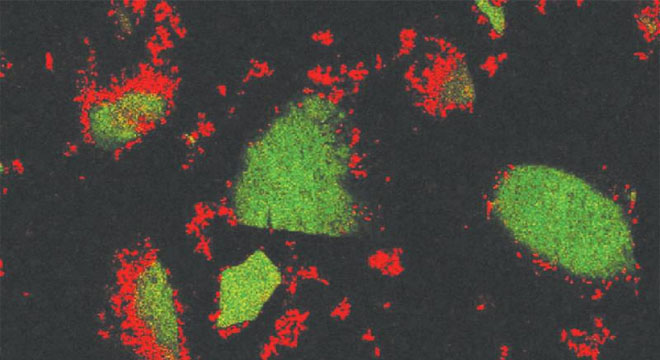ISLAMABAD-Much of the earth’s carbon is trapped in soil, and scientists have assumed that potential climate-warming compounds would safely stay there for centuries. But new research from Princeton University shows that carbon molecules can potentially escape the soil much faster than previously thought. The findings suggest a key role for some types of soil bacteria, which can produce enzymes that break down large carbon-based molecules and allow carbon dioxide to escape into the air.More carbon is stored in soil than in all the planet’s plants and atmosphere combined, and soil absorbs about 20% of human-generated carbon emissions. Yet, factors that affect carbon storage and release from soil have been challenging to study, placing limits on the relevance of soil carbon models for predicting climate change. The new results help explain growing evidence that large carbon molecules can be released from soil more quickly than is assumed in common models.“We provided a new insight, which is the surprising role of biology and its linkage to whether carbon remains stored” in soil, said coauthor Howard Stone, the Donald R. Dixon ’69 and Elizabeth W. Dixon Professor of Mechanical and Aerospace Engineering.
Follow the PNI Facebook page for the latest news and updates.








